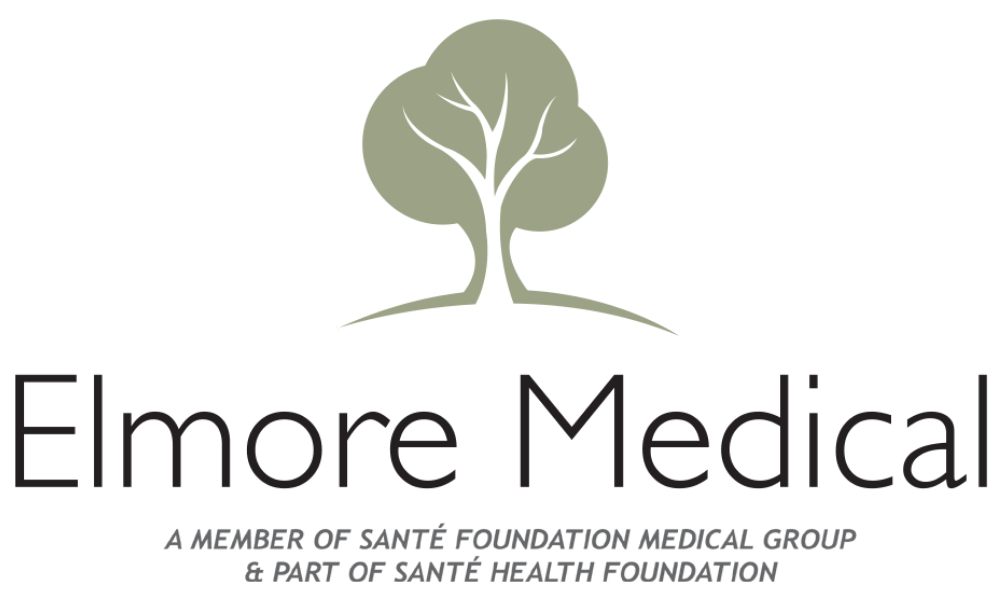Understanding Lymphedema: Causes, Symptoms, and Management
Lymphedema is a chronic condition characterized by swelling, most commonly in the arms or legs, caused by a blockage or dysfunction in the lymphatic system. This intricate network of lymph nodes and vessels is responsible for draining lymph fluid from tissues and returning it to the bloodstream. When this system is impaired, fluid accumulates, leading to noticeable and often painful swelling.
Lymphedema may develop as a result of cancer treatments, surgeries, infections, or inherited conditions. While there is no cure, early diagnosis and proactive management can significantly improve a person’s quality of life and reduce complications.
Causes of Lymphedema
There are two main types of lymphedema primary and secondary, each with distinct causes:
Primary Lymphedema
This is less common and results from congenital or hereditary abnormalities in the lymphatic system. It may present at birth or develop later in life, sometimes without an apparent trigger. Conditions like Milroy’s disease or Meige’s disease fall under this category.
Secondary Lymphedema
More commonly diagnosed, secondary lymphedema is caused by damage or obstruction in the lymphatic system. Common causes include:
Cancer Treatment: Radiation therapy and lymph node removal (particularly in breast, gynecological, or prostate cancer) can disrupt lymph flow.
Surgery: Especially procedures involving lymph node dissection.
Infections: Parasitic infections like filariasis in tropical regions or cellulitis in developed countries can impair lymphatic function.
Trauma or Injury: Repeated injuries to the same region can eventually cause lymphatic compromise.
Recognizing the Symptoms
Lymphedema symptoms can vary depending on severity, but they tend to develop gradually and worsen over time if left untreated.
Common signs include:
Persistent swelling in a limb or part of the body (arm, leg, fingers, toes, chest, etc.)
A feeling of heaviness, tightness, or fullness in the affected area
Decreased range of motion or flexibility
Aching or discomfort
Thickening or hardening of the skin (fibrosis)
Frequent infections, such as cellulitis
Skin that appears shiny or taut
In its early stages (known as Stage 0 or latent lymphedema), there may be no visible swelling, only a sensation of heaviness or discomfort. As the condition progresses through Stages 1 to 3, swelling becomes more pronounced and potentially irreversible.
The Impact on Daily Life
Lymphedema is not merely a cosmetic concern. It can severely impact mobility, emotional well-being, and physical health. Activities that were once routine—buttoning a shirt, climbing stairs, or walking—may become challenging. Moreover, the visible swelling may lead to self-consciousness and social withdrawal.
Psychologically, patients often experience frustration due to the chronic nature of the disease and the ongoing effort required to manage symptoms. Depression and anxiety are not uncommon, particularly when lymphedema limits independence or daily function.
Diagnosing Lymphedema
Diagnosis usually begins with a thorough clinical evaluation. Physicians may use the following tools to confirm lymphedema and assess its severity:
Medical History and Physical Exam
Imaging Tests:
Lymphoscintigraphy: Tracks lymph flow with radioactive dye.
MRI or CT scans: Identify blockages or abnormal lymph vessels.
Ultrasound: Rules out blood clots or other structural causes.
Measuring limb circumference and volume is also a practical way to monitor progression over time.
Managing Lymphedema: A Multifaceted Approach
While lymphedema is not curable, it is highly manageable. Treatment aims to reduce swelling, prevent complications, and enhance quality of life. Management is most effective when started early and followed consistently.
1. Complete Decongestive Therapy (CDT)
This is the gold standard for treatment and includes:
Manual Lymphatic Drainage (MLD): A gentle massage technique that stimulates lymph flow.
Compression Therapy: Bandages or garments prevent fluid buildup.
Exercise: Low-impact activities like walking, yoga, and swimming encourage lymph movement.
Skin Care: Reduces infection risk by keeping skin clean and moisturized.
2. Compression Garments
These custom-fitted sleeves or stockings are essential for long-term management. They provide consistent pressure that helps maintain lymph flow and minimize swelling.
3. Pneumatic Compression Devices
Used at home, these devices use inflatable sleeves to promote lymph drainage, particularly helpful for those with advanced symptoms.
4. Surgical Options
In select cases, procedures like lymphaticovenous anastomosis or lymph node transfer may be considered to reroute or restore lymphatic drainage. Liposuction can also remove fibrotic tissue in severe stages.
5. Lifestyle Modifications
Avoid constriction (tight clothing or jewelry).
Maintain a healthy weight—obesity is a known risk factor.
Protect skin from cuts, burns, and insect bites.
Elevate the affected limb when possible.
Living Well with Lymphedema
Education and empowerment are key. Patients who understand their condition are more likely to adhere to therapy and notice warning signs early. Support groups, both online and in-person, offer community, shared experiences, and encouragement.
It’s also essential to partner with healthcare professionals trained in lymphedema management, such as certified lymphedema therapists (CLTs). Routine monitoring and individualized care plans ensure that management remains effective over time.
Final Thoughts
Lymphedema can be a challenging diagnosis, but it does not have to define one’s life. With early intervention, appropriate therapy, and a proactive mindset, individuals can lead active, fulfilling lives despite the condition. Awareness and understanding are powerful tools—both for those living with lymphedema and the healthcare providers supporting them.
Whether you’re navigating this journey yourself or caring for someone who is, remember: consistent care, education, and support make all the difference.
Elmore Medical Vein & Laser Treatment Center is the premier vein specialty medical practice in the Central Valley. Dr. Mario H. Gonzalez and his staff offer years of experience and medical expertise that you won’t find anywhere else. Contact us to set up a consultation appointment.

